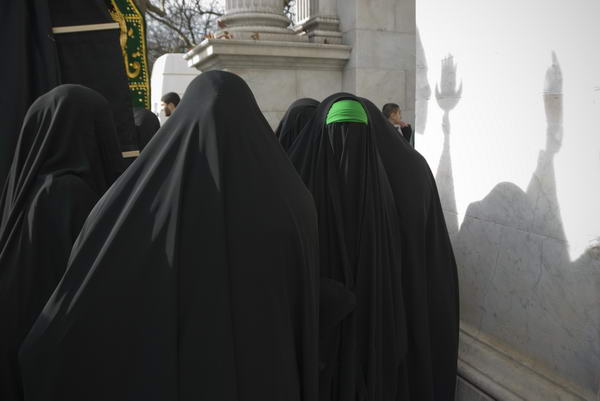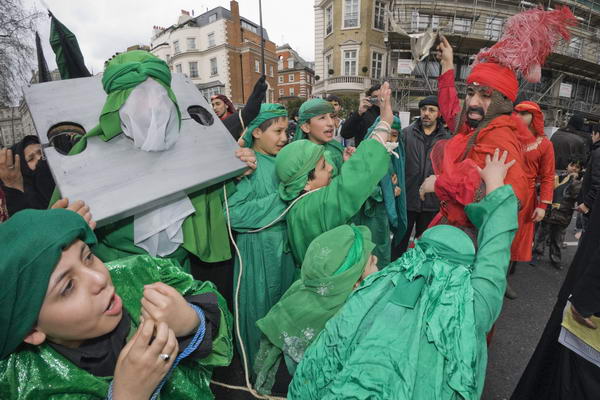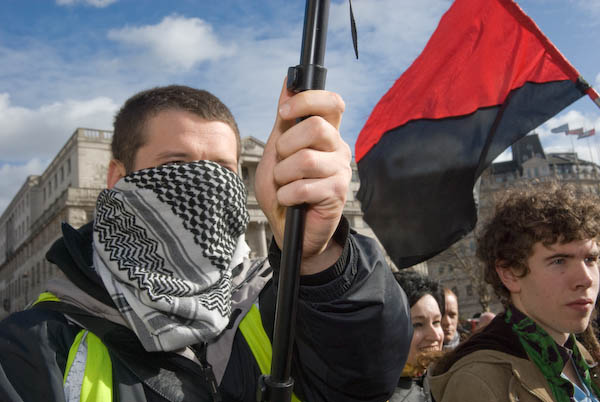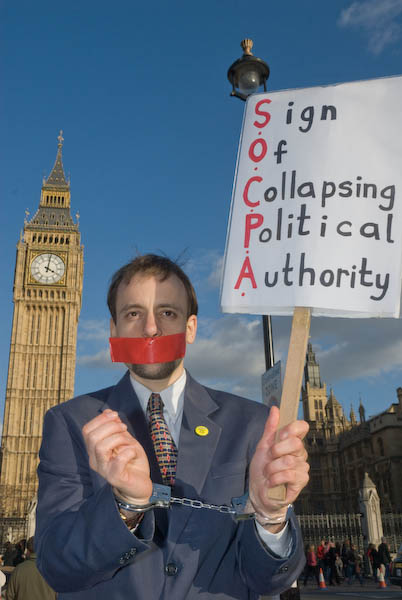The PDN’s annual choice of 30 “New and Emerging Photographers to Watch” is always of interest, and earlier years have certainly picked some fine photographers who have become well-known at least among other photographers – as well as quite a few we’ve yet to see more from.
Most of the photographers included – 25 out of the 32 (two of the choices are photographers who work as a pair) are 30 =/- 4 years old, and a majority live New York City and Brooklyn, with half a dozen others residing elsewhere in the US, mainly in California.
You could take that as representing the way that photographic talent is spread around the world, but probably only if you are a New Yorker. More likely it tells you that there is more interest in photography in NY than anywhere else on the globe, and that if you want to get noticed, NY is the place to be. And of course that PDN is based in NY.
Of course you don’t have to be American to live in NY, and one of the 30 (or 32) was born in Chorleywood, a northern fringe London suburb. Andreas Lazlo Konrath‘s father was a Hungarian architect, mother an English ballet dancer, so he became a skateboarder and played in a punk band, turning to photography after his elder brother gave him a Larry Clark book for his 18th. After writing off his knee in the way of skateboarders he turned to punk and punk photography, living in the East End and getting a fine art degree from London Guildhall. Now he’s taking portraits in New York.
Ed Ou stands out partly because he’s only 21 and lives in Israel, although he’s Canadian. At 21 his history is phenomenal. Working for Reuters, AP and Sipa in Africa, the Middle East, Asia. It helps that he speaks Mandarin, Arabic, French and some Hebrew too. Some very impressive images too.
Espen Rasmuissen is Norwegian, based in Oslo, where he is a picture editor for the biggest newspaper as well as a photographer. Represented by Panos, he has done a lot of work with Medecins Sans Frontieres. Perhaps more emerged than emerging, as his powerful images have won both World Press Photo and POYi awards.
Mikhael Subotzky is another photographer perhaps already too well-known to be considered emergin, with images by this South African already in the collections of MoMA as well as SA museums, several awards already in his bag and exhibitions around the world. I wrote quite a long time ago about his amazing stitched 360 degree panoramic images from South African prisons, although these are only a small aspect of his work.
Munem Wasif is from Bangladesh. Born 1983, he studied at the South Asian Institute of Photography and is now a staff photograph at DrikNEWS. Drik, set up in 1989, aimed to show the views of photographers and writers from the developing world, presenting images from that showed the majority world “not as fodder for disaster reporting, but as a vibrant source of human energy and a challenge to an exploitative global economic system.” It has become a very impressive organisation, known around the world, not least for its organisation of the Chobi Mela international photography festivals in Bangladesh. The 2008 festival is on the theme of ‘Freedom‘ and submissions can be made by post or on-line until 31 May 2008.
I’m not sure why my top five from the PDN30 are all of photographers whose background is far from the typical. Only one living in New York, and that an English photographer. Certainly there are others whose work interests me – Donald Weber, Brian Sokol, Dustin Snipes in particular – but on checking I find that none of them live in New York either. It must mean something, if only that I’m not a New Yorker.



